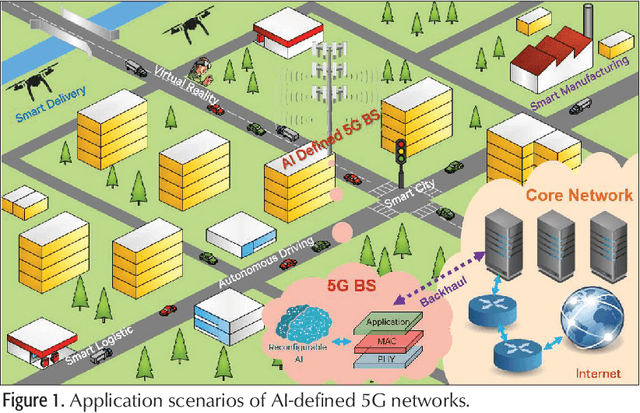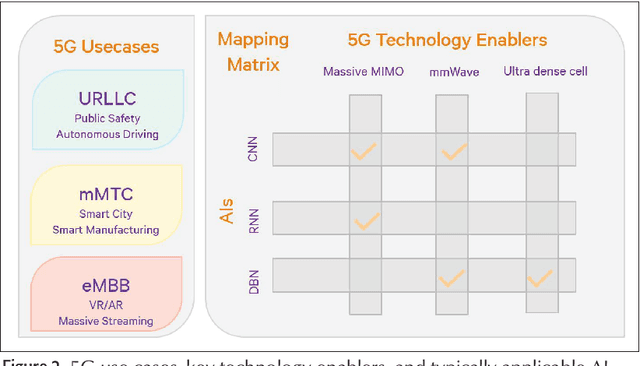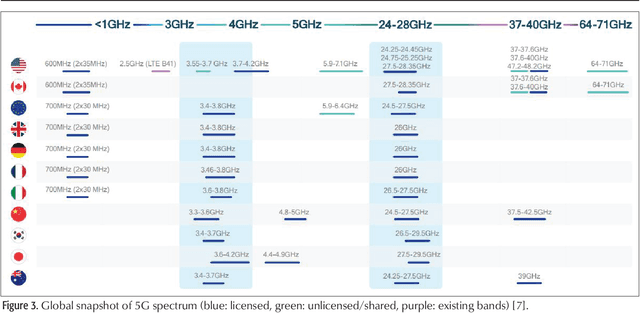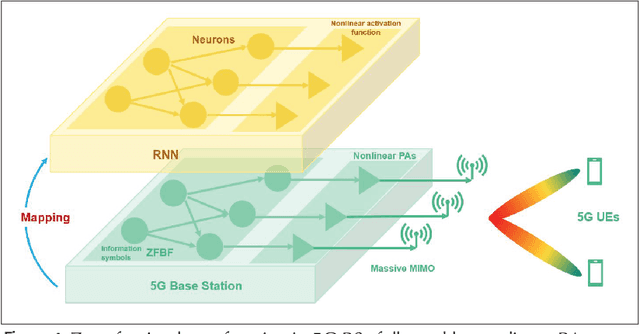Miao Yao
TSGCNeXt: Dynamic-Static Multi-Graph Convolution for Efficient Skeleton-Based Action Recognition with Long-term Learning Potential
Apr 23, 2023



Abstract:Skeleton-based action recognition has achieved remarkable results in human action recognition with the development of graph convolutional networks (GCNs). However, the recent works tend to construct complex learning mechanisms with redundant training and exist a bottleneck for long time-series. To solve these problems, we propose the Temporal-Spatio Graph ConvNeXt (TSGCNeXt) to explore efficient learning mechanism of long temporal skeleton sequences. Firstly, a new graph learning mechanism with simple structure, Dynamic-Static Separate Multi-graph Convolution (DS-SMG) is proposed to aggregate features of multiple independent topological graphs and avoid the node information being ignored during dynamic convolution. Next, we construct a graph convolution training acceleration mechanism to optimize the back-propagation computing of dynamic graph learning with 55.08\% speed-up. Finally, the TSGCNeXt restructure the overall structure of GCN with three Spatio-temporal learning modules,efficiently modeling long temporal features. In comparison with existing previous methods on large-scale datasets NTU RGB+D 60 and 120, TSGCNeXt outperforms on single-stream networks. In addition, with the ema model introduced into the multi-stream fusion, TSGCNeXt achieves SOTA levels. On the cross-subject and cross-set of the NTU 120, accuracies reach 90.22% and 91.74%.
Artificial Intelligence-Defined 5G Radio Access Networks
Nov 21, 2018



Abstract:Massive multiple-input multiple-output antenna systems, millimeter wave communications, and ultra-dense networks have been widely perceived as the three key enablers that facilitate the development and deployment of 5G systems. This article discusses the intelligent agent in 5G base station which combines sensing, learning, understanding and optimizing to facilitate these enablers. We present a flexible, rapidly deployable, and cross-layer artificial intelligence (AI)-based framework to enable the imminent and future demands on 5G and beyond infrastructure. We present example AI-enabled 5G use cases that accommodate important 5G-specific capabilities and discuss the value of AI for enabling beyond 5G network evolution.
 Add to Chrome
Add to Chrome Add to Firefox
Add to Firefox Add to Edge
Add to Edge